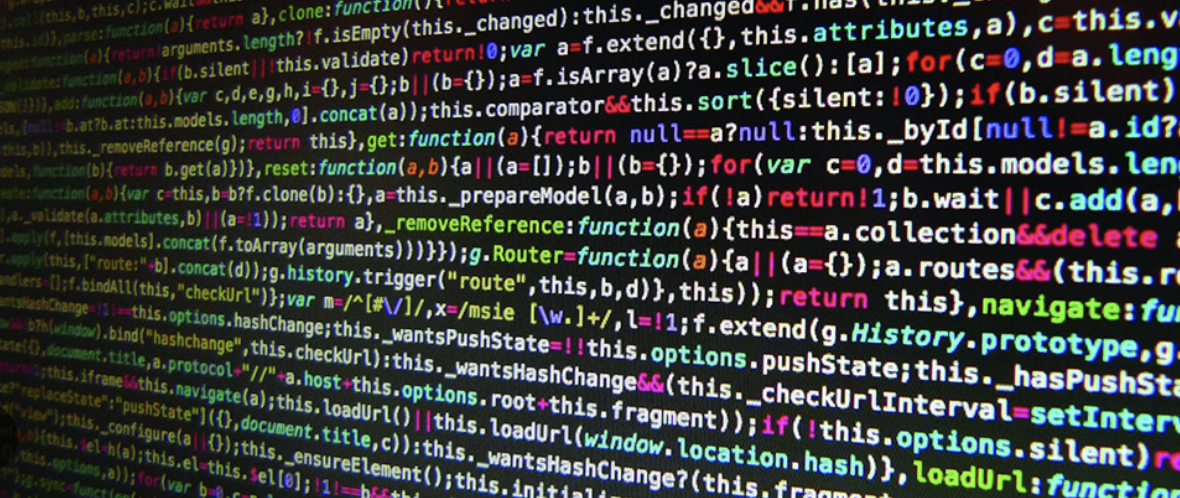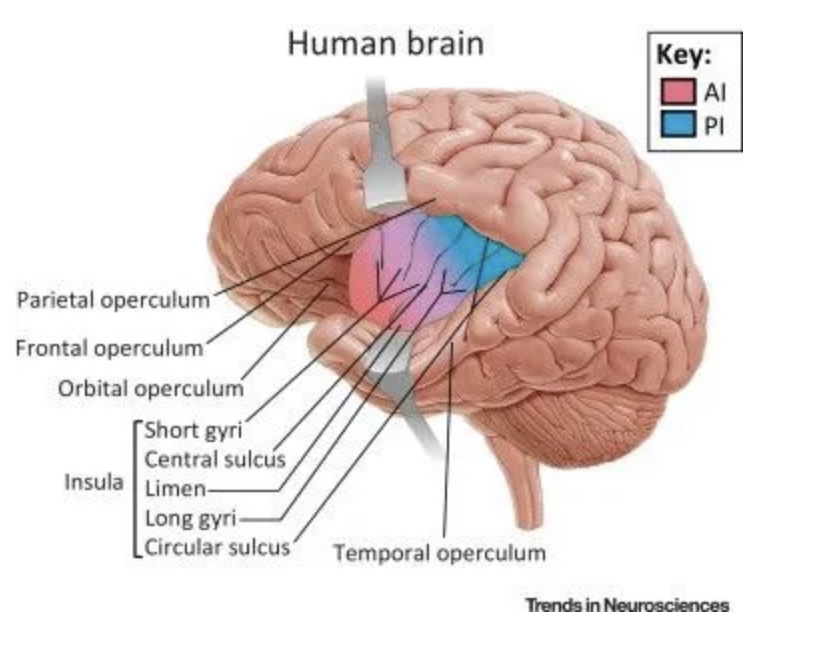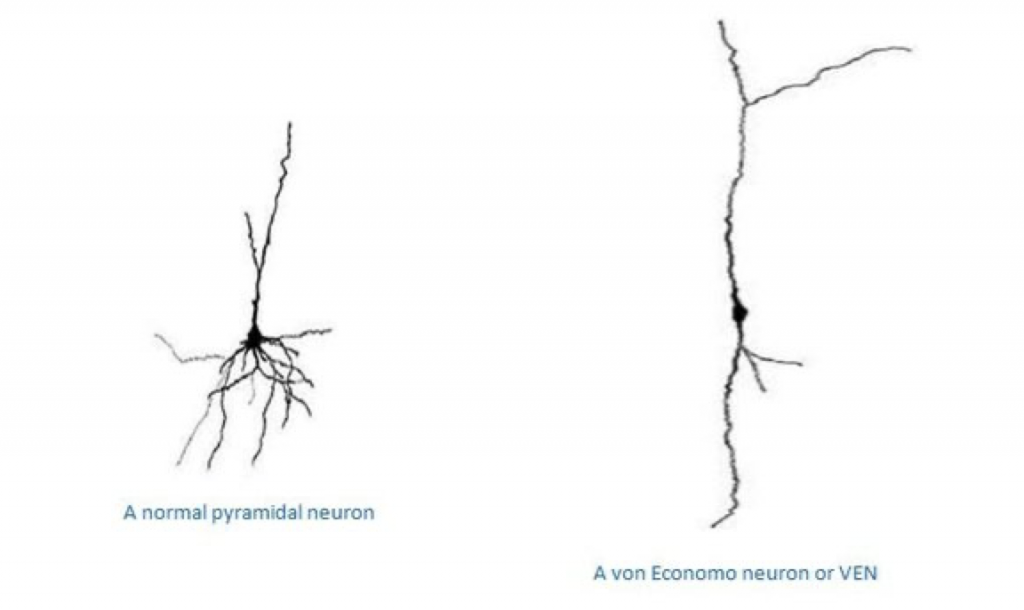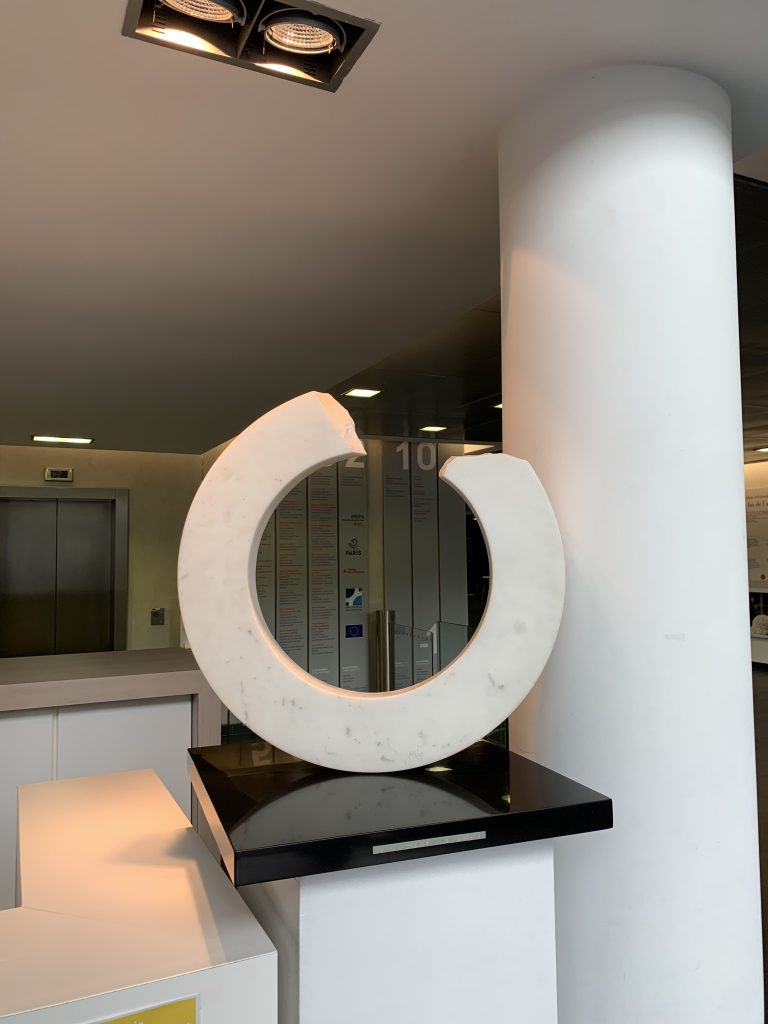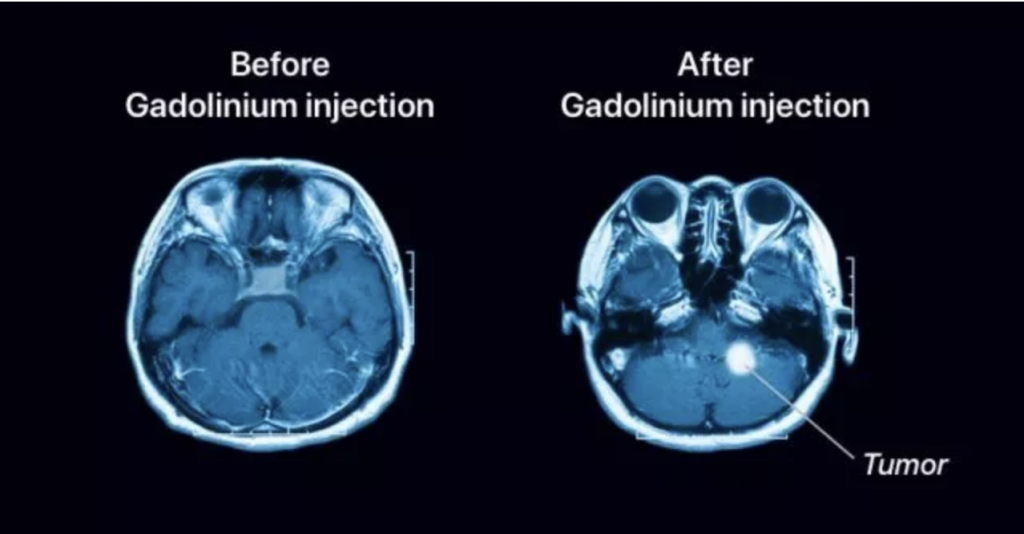Photo: Mars Perseverance Rover – “Crater Floor Fractured Rough” – July 8, 2021
The following essay is a summary and response to the article, “Why Not Mars,” published by Maciej Cegłowski on January 1st, 2023. I will also be digging deeper into the logistics of sending a human to Mars, the challenges to overcome, and the ethics on whether or not we should do this. Ever since I became obsessed with Science Fiction novels during the pandemic and witnessed how humanity can’t cooperate to fight against a virus, I’ve considered a Mars landing during my lifetime a priority for humanity. I’ve joined the Human-on-Mars religion and I believe that there are compelling reasons why humans must urgently accomplish the monumental task of putting a human on the red planet as soon as possible. Cegłowski makes good arguments for why we should delay our efforts (contamination, lack of stated objectives, complexity of the challenges), but I believe the risks humanity faces on Earth and the steady destruction of our environment warrant us to act now. Despite the enormous costs and challenges of transporting a human to Mars and back, it will act as a catalyst for future generations to solve the challenges of becoming an interplanetary species.
My argument summarized here: The risks and costs of contaminating Mars do not outweigh the existential threat we face on Earth, and while the first steps to transporting a human to Mars will be clumsy and difficult, it will usher in an era of humans thinking about the challenges that need to be solved to begin our migration across the solar system.
Logistics and Challenges:
Estimated cost: $500 billion dollars
U.S. military budget in 2020: $448.9 billion
U.S. military budget in 2021: $408.8 billion
U.S. military budget in 2022: $344.4 billion
Estimated Timing: 2050
I share the military budget to show that the U.S. government has the funds to shift towards space exploration. The U.S. military, ranked #1 in the world, spends more on its military than the next 10 countries combined. Do we really need more money spent on national security? In this essay I’m going to argue that landing a human Mars will open the door to not only protecting our species (call it species security), but saving more of Earth’s environment.
Cegłowski’s main argument for why humans should not go to Mars is that we will contaminate the red planet, and the robots we’ve constructed are not only 100x times cheaper than sending humans into but are becoming more and more sophisticated. The robots are so sophisticated that they could accomplish any task we can think of on Mars.
“Between 1960 and 2020, space probes improved by something like six orders of magnitude…The imbalance between human and robot is so overwhelming that, despite the presence of a $250 billion International Space Station National Laboratory, every major discovery made in space this century has come from robotic spacecraft.”
In addition, there are universes of microbes on Earth that we’ve only just discovered. “The fact that we failed to notice 99.999% of life on Earth until a few years ago is unsettling and has implications for Mars…The existence of a deep biosphere in particular narrows the habitability gap between our planets to the point where it probably doesn’t exist – there is likely at least one corner of Mars that an Earth organism could call home. It also adds support to the theory that life may have started as an interplanetary infection, a literal Veneral disease that spread across the early solar system by meteorite. If that is the case, and if our distant relatives are still alive in some deep Martian cave, then just about the worst way to go looking for them would be to land in a septic spacecraft.”
Cegłowski takes it as a given that studying microbes in an uncontaminated Martian cave and answering questions around the origin of life are more important than making steps to get humans, i.e. unpredictable, violent apes susceptible to mutating viruses and wielding nuclear weapons, off planet Earth. He downplays the existential risk of patiently waiting on Earth until our technology develops and dreams of all the interesting things we could learn in the meantime if we channeled money away from a human Mars mission into scattering probes across our solar system.
The first step of getting a human to Mars requires overcoming enormous challenges. But once we have done this, we will accelerate the process of sending more and more humans to Mars. We will usher ourselves into an era of interplanetary space travel.
The challenge of sending a human to Mars is first limited by human physiology. We must understand these limits well enough before we send a human to Mars, and this will require years of human experiences beyond low Earth orbit, or in anti-gravity chambers on Earth.
Before NASA can finalize a mission design, data must be collected concerning the physiological effects of partial gravity and the risk from heavy ion radiation. These experiments could take place on the moon. Before a Mars landing, there must be a working lunar base. The recent Artemis mission (in which the first woman and first person of color will go to the moon), is taking place to establish this lunar base where these tests can occur.
Even though testing the effects of radiation and partial gravity would be best accomplished on the moon, we can begin to test the physiological effects of partial gravity on Earth. “Various methods can be used for generating altered gravity, including orbital flight, parabolic flight, head down/up tilt, body loading/unloading, and centrifugation (Richard et.al.)” We must do more of these tests before a Mars mission. A Mars mission will take about a 1000 days and the longest time a human has spent in space is approximately 437 days, by Valeri Polyakov, whose first words upon his return were, “We can fly to Mars.” (He is currently 80 years old.)
“During spaceflight, the vestibular otolith organs no longer adequately sense gravito-inertial accelerations. Animal studies have shown that otolith afferents are initially hypersensitive to tilt after return to Earth. Perhaps as a result of this hypersensitivity, astronauts overestimate pitch and roll tilt for 1-2 days immediately after landing.” There are many other effects (astronauts exposed to microgravity experience physiological deconditioning, or space deconditioning, in particular with regards to the physiological systems sensitive to mechanical loading such as cardiovascular, pulmonary, neurovestibular, and musculoskeletal systems) but basically, since humans will be spending about a 1000 days in space in order to go to Mars, we need to see how human bodies will function for a 1000 days in space. We don’t want to spend $500 billion to send a human to Mars then have them unaccountably lose their eyesight (due to some unexpected relationship between gravity and retinal attachment) while approaching the red planet.
Concerning the risk from heavy ion radiation, you can read all about it here, on NASA’s website, but the concept is the same: we don’t know how astronauts will cope with Galactic Cosmic Radiation (GCR) for long periods of time, since the amount of radiation an astronaut receives is determined by the altitude above the Earth, the solar cycle, and the individual’s susceptibility. We need to test humans in space for long periods of time to learn more about radiation’s effects (specifically, ionizing radiation, or particles that have enough energy to completely remove an electron from its orbit, thus creating a more positively charged atom). What compounds this challenge is that we don’t know the levels of radiation astronauts will face on a Mars mission, and even if we knew the rate at which GCR fluctuated in our solar system, we might not be able to avoid it since a “launch window” for Mars (when Earth and Mars are in orbital positions around the Sun that allow for a trip to Mars to last around 7-9 months) occurs once every 26 months (the last one being in August of 2022, the next one in September of 2024). That all being said, there are materials that can shield against cosmic radiation (such as lead) but the production of secondary particles inside these materials can cause other problems. We need to experiment with a range of materials to see what works best for shielding astronauts against GCR.
Another challenge is a lack of reliable closed-loop life support. According to Cegłowski, “With our current capability, NASA would struggle to keep a crew alive for six months on the White House lawn, let alone for years in a Martian yurt.”
Many people argue that we will have technological breakthroughs if we put a human on Mars, but Cegłowski argues that the “technology program [to solve the current challenges] would be remarkable circular, with no benefits outside the field of applied zero gravity zookeeping.” I would argue that we need to expand the field of “applied zero gravity zookeeping” if we are ever going to have a self-sustaining, viable society on Mars. Yes, the challenges are circular, but they exist in a system we need to master in order to become an interplanetary species.
What makes the challenge of life support in space so challenging is that, “…all the subcomponents interact with each other and the crew. There’s no such thing as a life support unit test; you have to run the whole system in space under conditions that mimic the target mission. Reliability engineering for life support involves solving mysteries like why gunk formed on a certain washer on Day 732, then praying on the next run that your fix doesn’t break on Day 733.” Again, I agree with the incredible complexity of the problem, and it is exactly why we need to start making attempts at solving it as soon as possible. We will only solve these challenges by doing them, by mimicking the target mission, by taking risks and failing again and again out in space. If we focus too much on robotic probes, sitting safe at home while writing science blogs, we’ll never get the chance to fail and learn.
To go to Mars, we’d need two kinds of life support: spacecraft and surface, that together have to work for about 1000 days. “The spacecraft also has to demonstrate that it can go dormant for the time the crew is on Mars and still work when it wakes up.” This latter problem could be solved if we have an orbiting spacecraft around Mars and Earth that never stops functioning, as described in Andy Weir’s The Martian. What would be the costs and challenges of this project? I’ll leave those questions for another essay.
So while, “Humanity does not need a billion dollar shit dehydrator that can work for three years in zero gravity, but a Mars mission can’t leave Earth without it,” – we do need that shit dehydrator eventually if we ever want to have a society on Mars.
Cegłowski emphasizes his contamination argument:
“Humans who land on Mars will not be able to avoid introducing a large ecosystem of microbes to the area around the landing site. If any fugitives from the spacecraft make their way to a survivable niche on Mars, we may never be able to tell whether biotic signatures later found on the planet are traces of native life, or were left by escapees from our first Martian outhouse. Like careless investigators who didn’t wear gloves to a crime scene, we would risk permanently destroying the evidence we came to collect.”
But what if we those investigators aren’t there to collect evidence in the first place? Does Cegłowski really have enough faith in humanity to believe that peace and prosperity will endure on the planet for generations to come?
He asks the question: “What incredible ability do astronauts have that justifies the risk [of contamination]? My response is: none. But again, beyond the astronauts abilities, what discoveries could we ever make on an uncontaminated planet with robots that could justify staying home and enduring the existential risk of extinction?
Cegłowski acknowledges the skeptics, saying that microbes have already landed on Mars, both on robotic landers and on the occasional meteorite. “But as we’ll see, the diverse microbiome that would travel with a human crew poses a qualitatively different threat…”
It is true that a human crew will bring a qualitatively different threat and that NASA is required by treaty to care about contamination. Concerns over contamination mean that many phenomena of scientific interest will be off-limits to astronauts, such as gullies, recurrent slope lineae, and underground water. “The crew will not live in a Martian pueblo, but something resembling a level 4 biocontainment facilities. And even there, they’ll have to do their lab work remotely, the same way it’s done today, raising the question of what exactly the hundreds of billions of dollars we’re spending to get to Mars are buying us.” My response is that we will solve the circular problems Cegłowski laid out before (i.e. applied zero gravity zookeeping, knowledge concerning the effects of long-term space travel on the human body), which are necessary to solve if we are ever going to have a living, self-sustaining society on Mars. Also, the act of sending a human to Mars, even if they will only sit in a level 4 biocontainment facility remotely controlling a probe, will act as a catalyst for research and progress in these areas. It will inspire future generations to work on the necessary challenges.
*
Cegłowski writes, “SpaceX has built some magnificent rockets, and their dynamism is a welcome change from the souls-trapped-in-powerpoint vibe at Nasa.” Would Elon Musk and SpaceX exist if it wasn’t for the moon landing? Elon Musk has stated in interviews that Neil Armstrong and Eugen Ceran are his heroes (even though they have disdained his space efforts). How many future Elon Musks will there be if we put a human on Mars by 2050? Maybe you don’t want more Elon Musks (I’m guessing Ceglowski doesn’t). But if we are going to leave Earth and survive elsewhere, we need them.
I don’t trust humanity. I don’t trust the viruses on this planet. In the past 100 years, a flicker in the geological timespan in which Cegłowski’s wonderful, mysterious microbes have flourished, humans have dropped nuclear bombs incinerating hundreds of thousands of people, had two World Wars, committed a holocaust, hosted genocides across the planet, had 6.83 million killed by Covid-19. Imagine if Covid-19 had been just a little more lethal? Imagine if Americans didn’t stop Germany during WWII? What’s preventing another virus from eliminating humanity? Another tyrant from rising? Today Russia is at war with Ukraine, and despite the most powerful countries in the world condemning it, the war is still going on and will likely continue into 2024. We must get off this planet and create a self-sustaining society elsewhere, so if something happens on Earth, nuclear war, an extremely lethal virus, whatever, we are still around to say, “Wow, we really contaminated the fuck out of Mars, didn’t we? Hold on a second why I go turn off the billion-dollar shit dehydrator.”
In addition, I believe that humans will keep “plugging in” to computers and virtual realities more and more. The average person spends 3.25 hours a day on their phones. The videogame industry is currently larger than Hollywood and North American sports industries combined. Add to this trend the fact that human population growth is not slowing down. We will keep growing and growing, requiring more and more resources. It is estimated that the human population will reach 11.2 billion by 2100. We need someplace to go that is self-sustaining. I imagine a future where many humans will spend the majority of their days in virtual realities. What better place to plug into a virtual reality than on the desolate, desert surface of Mars? As the human population approaches 50 billion, 100 billion, we will need to get off the planet Earth unless we want to ravage every last bit of organic life on this planet. If we don’t want Earth to become a sea of servers and concrete cities, we need to start building those elsewhere, to give people the option to go there and live in their virtual realities. And we need to start acting now, before it’s too late.
So let’s go to Mars.


